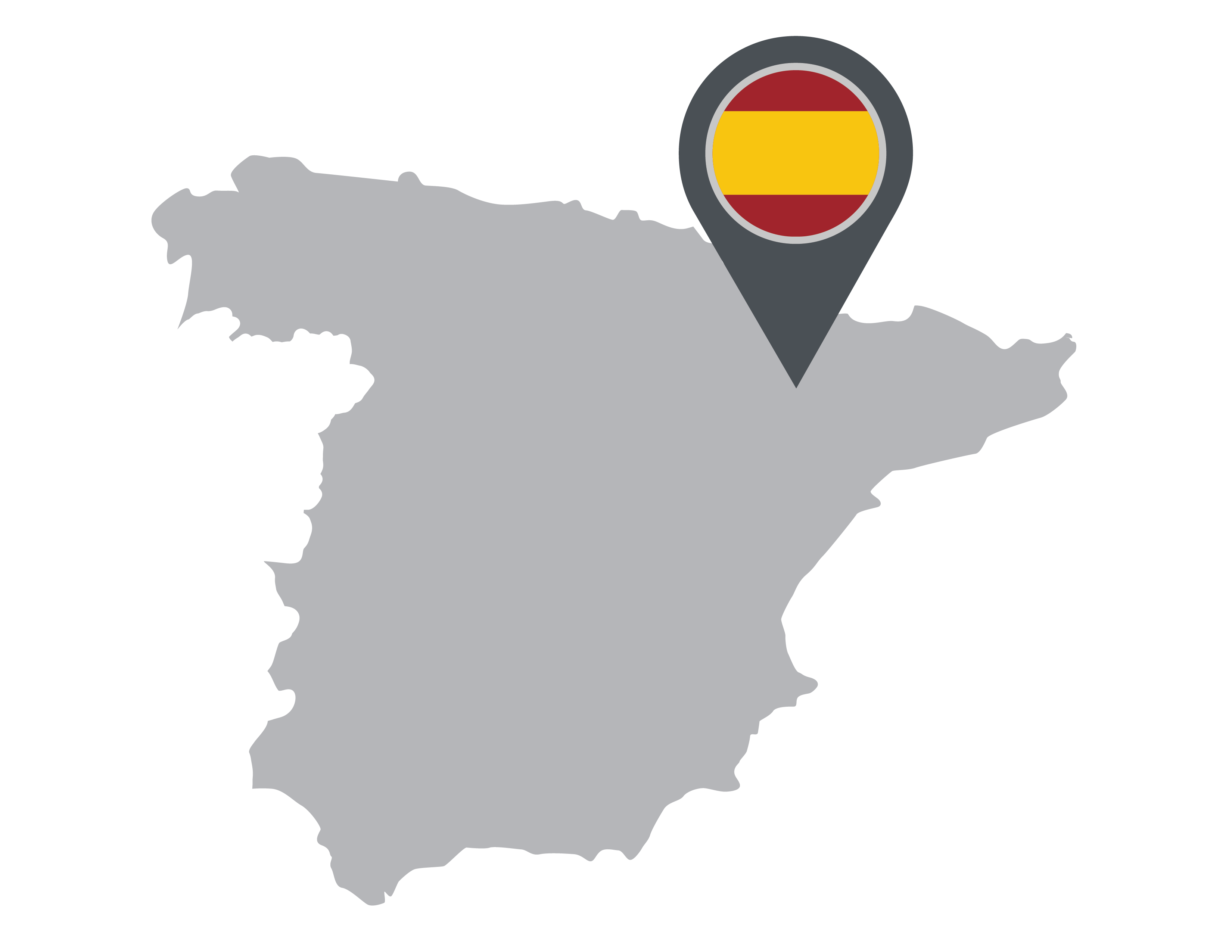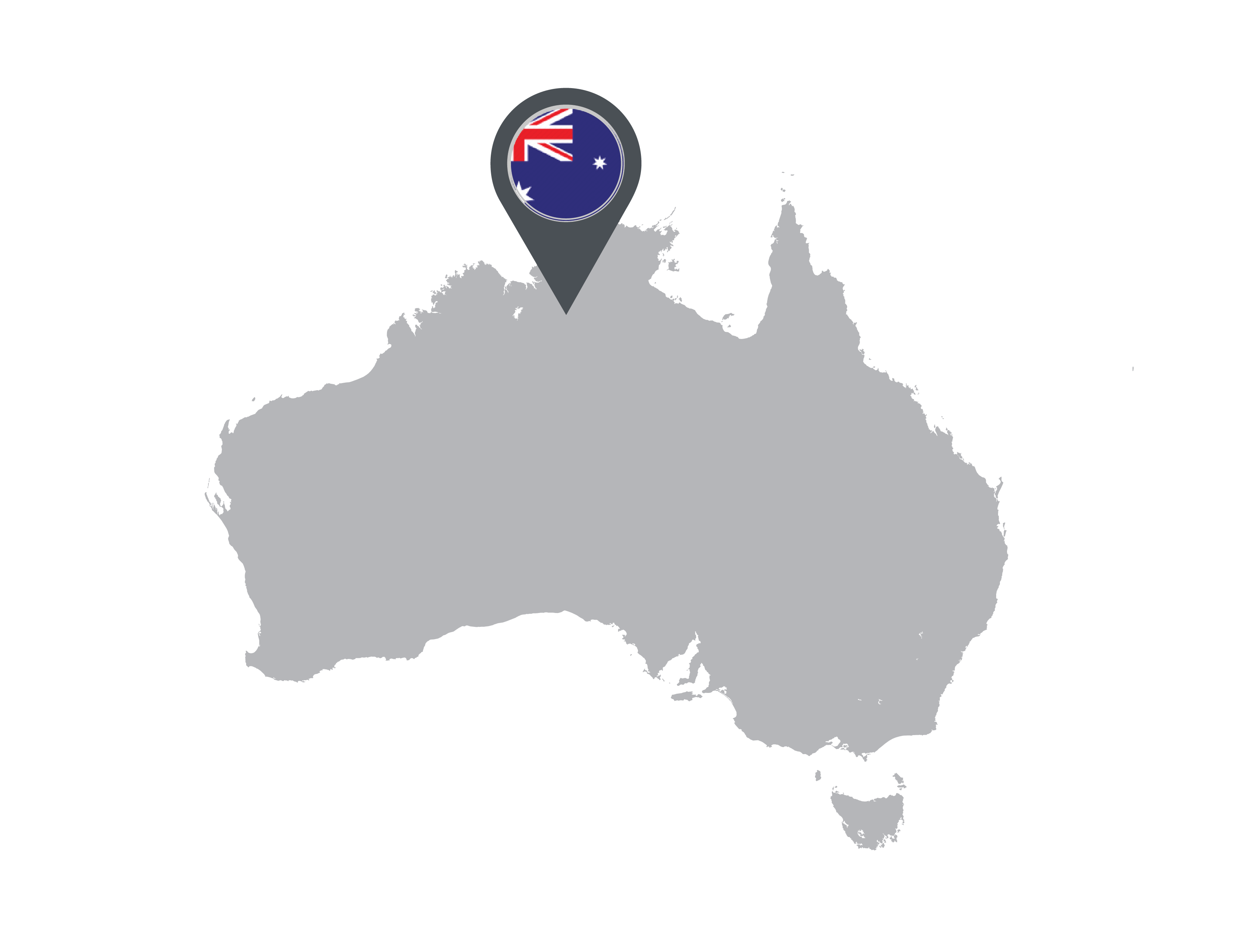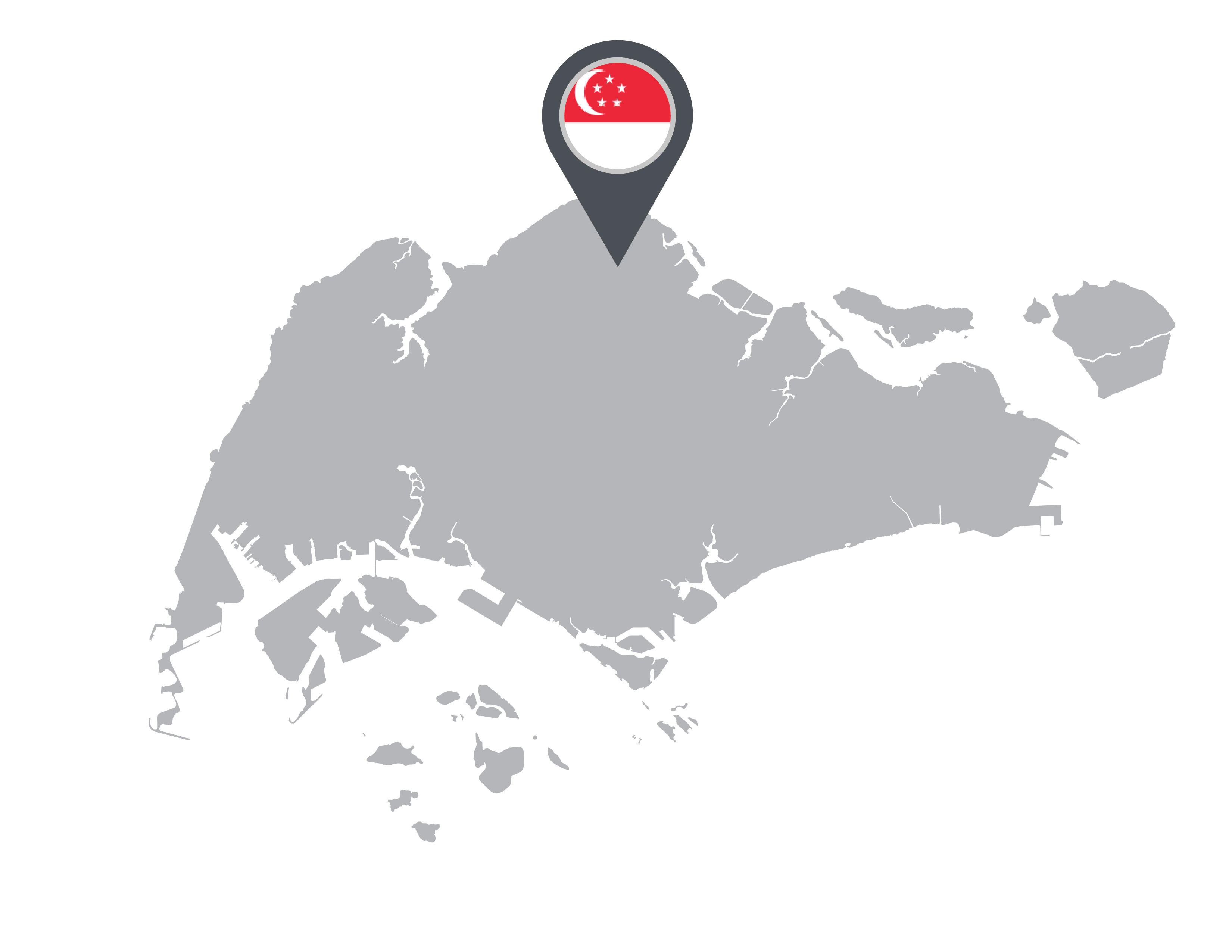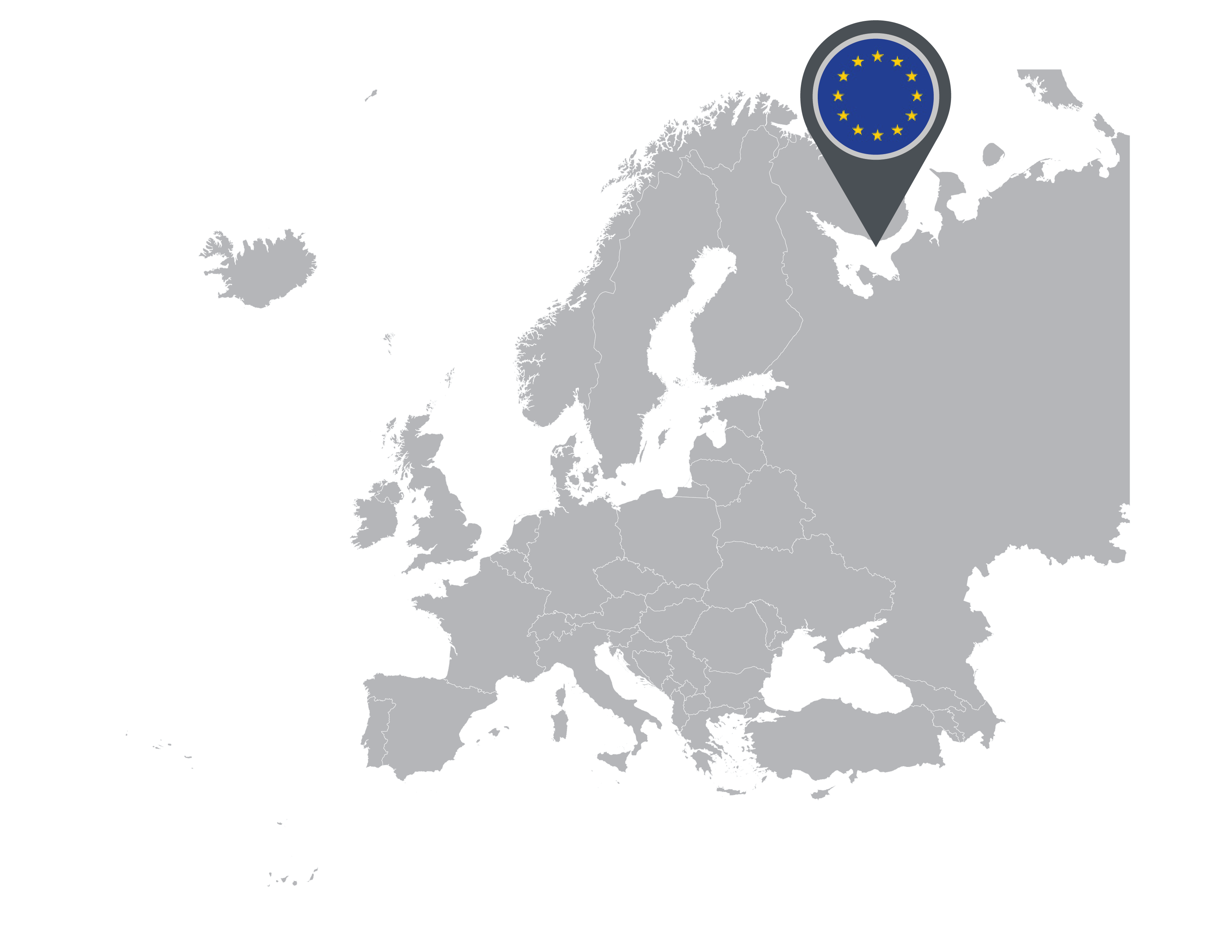Introduction
Not long ago, e-invoicing was a piece of tech jargon familiar only to finance professionals. It wasn’t really “a thing.” Today, the term is widely recognized, even if not everyone fully understands what it means. So, what changed? The answer is simple: e-invoicing has evolved from a convenient alternative to paper invoices into a business must-have. Across the world, governments are implementing e-invoicing processes in both the public and private sectors to automate tax collection, strengthen compliance, and cut administrative costs. At its core, this shift is about efficiency and control. Billions of dollars are lost each year to the VAT gap, and authorities are turning to digital automation to recover that lost revenue.
From Mexico and Brazil in Latin America, to France and Italy in Europe, and from China and India further east to Australia, almost every country has its own rules, standards, and milestones for e-invoicing adoption. Understanding this complex landscape, with its frequently changing rules and implementation nuances, can be a nightmare for multinational companies. This guide helps you see what’s happening around the world and, of course, shows how we can simplify your life.
North America
In North America, e-invoicing is less widespread. Canada requires it for federal government transactions, while the U.S. mainly encourages it for public agencies. B2B adoption is voluntary but growing, with signs of broader standardization on the horizon.
United States
Adoption in the U.S. is fragmented. Federal agencies are encouraged to use e-invoices, but there’s no nationwide mandate for B2G. Businesses can still use paper, PDF, or EDI. Initiatives like DBNA aim to automate processes, and a 2024 US–EU collaboration hints at future standardization.
Canada
Canada combines federal encouragement with local autonomy. The federal government promotes e-invoicing for public procurement, but B2B transactions are still largely voluntary.
Latin America
Countries like Mexico, Brazil, Chile, and Argentina have made e-invoicing mandatory for both government and business. These systems simplify tax collection, reduce fraud, and modernize processes.
Mexico
Mexico has had a comprehensive e-invoicing system in place for years. The Servicio de Administración Tributaria (SAT) has required electronic invoicing for both B2G and B2B transactions since 2014. All taxpayers must issue electronic invoices, and the system is integrated with SAT’s real-time reporting mechanisms.
Brazil

In 2007, Brazil introduced the Public Digital Bookkeeping System (SPED). The Nota Fiscal Eletrônica (NF-e) became mandatory for all businesses, covering both B2G and B2B transactions. Its integration with SPED has set a regional benchmark for digital tax compliance.
Chile
A pioneer in e-invoicing, Chile began implementing electronic invoices in 2003. By 2018, electronic invoicing became mandatory for all businesses, covering B2G and B2B transactions, with the Servicio de Impuestos Internos (SII) overseeing the system.
Argentina
Argentina implemented the Comprobante Fiscal Electrónico (CFE) system in 2014. Initially aimed at large taxpayers, the mandate has expanded to include all businesses. Managed by the Federal Administration of Public Revenue (AFIP), the system has modernized tax administration and improved revenue collection.
Colombia
Colombia introduced its e-invoicing mandate in 2019 through the National Tax and Customs Directorate (DIAN). The system requires all businesses to issue electronic invoices for both B2G and B2B transactions.
Europe
Across the European Union, e-invoicing is no longer just an option, it’s the standard. All EU member states have already made B2G e-invoicing mandatory, meaning suppliers must send structured digital invoices to public administrations. This shift has brought greater transparency, faster processing, and better VAT control across the region.
But when it comes to B2B e-invoicing, and especially when looking beyond the EU’s borders, the landscape becomes much more diverse. Each country is moving at its own pace, adopting different models: from Continuous Transaction Controls (CTC) systems and real-time reporting to Peppol-based networks and national XML formats.
The result is a mosaic of timelines, formats, and compliance models — all aiming for the same goal: greater efficiency, automation, and fiscal control through digital invoicing.
Austria
All suppliers to federal government entities, including foreign ones, must submit structured e-invoices according to the EU e-invoicing directive. The format must comply with the EN 16931 standard at the federal level.
Belgium
From January 1, 2026, all B2B invoices between VAT-registered Belgian businesses must be electronic and structured using Peppol BIS 3.0 (UBL XML). For public contracts, e-invoicing via the Mercurius and Peppol networks is already mandatory in most cases.
Bulgaria
Bulgaria is preparing to introduce mandatory e-invoicing for all businesses. Invoices will use structured XML formats such as UBL 2.1 or SAFT and must be validated electronically through the upcoming National Electronic Billing System (NEBS).
Croatia
Croatia already requires e-invoices for public procurement through the FINA platform, using UBL and CII formats. From 2026, B2B e-invoicing will become mandatory, with real-time validation to improve VAT collection and compliance.
Czechia
Czechia mandates e-invoicing for public entities using XML formats like UBL 2.1, ISDOC, or EDIFACT. B2B e-invoicing is still voluntary but follows these same European standards for interoperability.
Denmark
All public suppliers in Denmark must send e-invoices through the NemHandel platform, supporting Peppol BIS 3.0 and OIOUBL formats. The private sector widely uses e-invoicing, even though it’s not mandatory.
Estonia
Since 2019, Estonia has required e-invoices for all public procurement, using UBL 2.1 or CII formats that meet EN 16931 standards. B2B e-invoicing is voluntary but increasingly common as Estonia continues to expand its digital infrastructure.
Finland
Public authorities in Finland must receive e-invoices in Finvoice, TEAPPSXML, or Peppol BIS 3.0 formats, all compliant with EN 16931. Many companies also require suppliers to issue e-invoices, driving high voluntary B2B adoption.
France
Starting in September 2026, all VAT-registered businesses in France must be able to receive e-invoices, while large and medium companies will also have to issue them. France’s Continuous Transaction Control (CTC) model uses certified through Plateforme Agréée (PA, ex-PDP) and supports formats such as UBL, CII, and Factur-X. For B2G, invoices go through Chorus Pro.
Germany
Germany already requires e-invoicing for federal-level B2G transactions in formats like XRechnung and ZUGFeRD. The Growth Opportunities Act will extend this to B2B transactions gradually through 2028.
Greece
Greece requires e-invoicing for central government suppliers using EN 16931-compliant formats, with Peppol interoperability. The national myDATA e-reporting system supports this move, and B2B expansion is planned.
Hungary
Hungary mandates real-time invoice reporting through the Online Számla system in NAV XML version 3.0. From 2025, sectors such as utilities must comply fully. For B2G, UBL 2.1, CII, and Peppol BIS 3.0 formats are accepted.
Iceland
All public bodies in Iceland must accept e-invoices in Peppol BIS 3.0 format. B2B invoicing is voluntary but increasingly used to simplify cross-border business operations.
Italy
Italy’s Sistema di Interscambio (SDI) handles all B2B, B2G, and B2C invoices in the FatturaPA XML format, which aligns with EN 16931. Italy is one of the pioneers of mandatory nationwide e-invoicing.
Lithuania
E-invoicing is mandatory for public procurement in Lithuania through the Peppol network, using Peppol BIS 3.0. Many private businesses have adopted structured invoicing voluntarily for efficiency.
Luxembourg
All suppliers to public institutions in Luxembourg must issue e-invoices through Peppol, following EN 16931 standards. B2B e-invoicing is still voluntary but widely adopted among larger companies.
Netherlands
The Netherlands requires e-invoicing for all central government entities, using the EN 16931 standard. B2B e-invoicing is voluntary but encouraged and increasingly adopted.
Norway
E-invoicing is mandatory for public sector suppliers in Norway using the EHF format based on Peppol BIS 3.0. Most private companies also use e-invoicing due to its established infrastructure and benefits.
Poland
Poland makes e-invoicing mandatory in February 2026 through the National e-Invoicing System (KSeF) using the FA_VAT XML format. For B2G, the OpenPeppol network supports Peppol BIS-compliant invoices.
Portugal
All public sector suppliers must issue e-invoices in CIUS-PT format aligned with EN 16931. QR codes and digital signatures are mandatory. B2B invoicing remains optional but continues to grow.
Romania
Since July 2024, all VAT-registered businesses in Romania must issue e-invoices through the RO e-Factura platform using CIUS_RO, compliant with EN 16931. This system supports structured data exchange and cross-border interoperability.
Slovakia
Slovakia plans to make B2B e-invoicing mandatory in 2027 through the IS EFA platform, using XML formats based on UBL 2.1 to meet EN 16931 standards.
Spain

Spain has mandated B2G e-invoicing since 2015 via the Facturae format. The “Crea y Crece” Law (18/2022) will expand this to B2B between 2027 and 2028, starting with large companies.
Sweden
All government and municipal agencies in Sweden must receive e-invoices in Peppol BIS 3.0 format. B2B invoicing remains voluntary but is now common practice.
Switzerland
Public contracts above CHF 5,000 require e-invoices in structured formats such as UBL XML, eCH-011, swissDIGIN, Peppol BIS, or Factur-X. B2B invoicing remains optional but is widely used by larger firms.
United Kingdom (UK)
UK central government suppliers must send e-invoices via Peppol BIS 3.0. Private companies are adopting e-invoicing voluntarily, especially those involved in public tenders or cross-border EU trade.
Asia-Pacific
E-invoicing is growing rapidly across Asia-Pacific, with countries like China, India, and South Korea mandating B2B and B2G digital invoices, while others, such as Japan and Hong Kong, encourage voluntary adoption. Governments rely on standardized formats, real-time reporting, and dedicated networks like Peppol.
Australia

Australia’s focus is on public procurement. Non-Corporate Commonwealth Entities rely on a common Peppol standard. The system modernizes procurement, reduces administrative overhead, and encourages businesses to adopt structured invoices.
China
China has implemented mandatory e-invoicing for both B2G and B2B transactions. Using the Golden Tax System, invoices are generated and reported electronically, improving transparency, and reducing administrative burdens.
Hong Kong
While e-invoicing is not yet mandatory, the Hong Kong government actively promotes electronic invoicing for public procurement and B2B transactions, aiming to enhance efficiency and standardize business processes.
India
India mandates e-invoicing for B2B and B2G transactions under the GST framework. Businesses with turnovers above ₹5 crore must issue invoices in a standardized format and report them to the Invoice Registration Portal (IRP) within 30 days. This centralized system improves compliance, reduces tax evasion, and streamlines reporting.
Indonesia
Indonesia requires businesses to issue e-invoices through the e-Faktur Pajak system. The phased implementation covers all taxable transactions, aiming to enhance VAT compliance, reduce fraud, and digitize invoice management for B2B and B2G operations.
Japan
E-invoicing in Japan is not yet mandatory, but the government encourages adoption to improve efficiency and reduce administrative burdens. Many large corporations are voluntarily implementing electronic invoicing solutions to streamline operations.
Malaysia
Malaysia is rolling out mandatory e-invoicing in phases. From August 2024, businesses with turnovers above RM100 million must issue e-invoices, with full implementation expected by 2026. The system improves compliance, reduces administrative burden, and supports tax reporting.
Myanmar
Myanmar is in the early stages of e-invoicing adoption. The government is exploring systems to enhance tax compliance and digitize business reporting, with broader implementation expected in the coming years.
Nepal
Nepal introduced e-billing for certain transactions in 2017. The system requires electronic invoices for eligible transactions, aiming to improve compliance, reduce VAT fraud, and standardize reporting processes.
New Zealand
New Zealand uses the Peppol network for B2G e-invoicing, enabling public entities to receive structured electronic invoices. The system streamlines procurement and encourages businesses to adopt standardized e-invoices.
Pakistan
Pakistan plans to implement e-invoicing and fiscal registers by November 2025. The system aims to digitize invoice reporting, improve compliance, and reduce tax evasion for B2B and B2G transactions.
Philippines
The Philippines mandates e-invoicing for large taxpayers and e-commerce businesses by March 2026. The system requires electronic submission of invoices to the Bureau of Internal Revenue, modernizing tax reporting and enhancing compliance.
Singapore

Singapore uses the Peppol network for e-invoicing. The government promotes adoption in both B2G and B2B transactions, improving efficiency in public procurement and standardizing business invoicing processes.
South Korea
South Korea requires all B2B and B2G invoices to be submitted via the e-Tax Invoice System to the National Tax Service. Invoices must be XML-based, digitally signed, and reported within one day, enhancing transparency and compliance.
Sri Lanka
Sri Lanka is exploring e-invoicing systems to improve tax compliance and reduce administrative burdens. The government is in planning stages, with further developments expected in the near future.
Taiwan
Taiwan requires electronic invoices, known as GUI invoices, for certain transactions. Non-residents must also comply. The system reduces VAT fraud, standardizes reporting, and improves transparency for both B2B and B2G transactions.
Thailand
Thailand has gradually implemented e-invoicing since 2018, initially targeting large businesses. The system aims to digitize invoice reporting, improve VAT compliance, and reduce administrative costs.
Vietnam
Vietnam mandates e-invoicing for all B2B and B2G transactions nationwide as of July 2022. The system was rolled out in phases, using standardized technical solutions to reduce VAT fraud, improve transparency, and modernize invoice reporting.
Middle East and Africa
A number of countries in this region are already implementing or planning mandatory digital invoicing systems to enhance tax compliance and reduce fraud. While some nations have already established comprehensive e-invoicing frameworks, others are in the process of developing or testing such systems.
Egypt
Egypt has made e-invoicing mandatory for all VAT-registered businesses, encompassing B2B, B2C, and B2G transactions. The phased implementation began in 2020, with nearly all VAT-registered entities included by April 2023. As of January 2025, new groups of businesses are required to issue e-receipts, further expanding the digital invoicing landscape.
Morocco
Morocco is set to implement a B2B e-invoicing mandate by 2026. This initiative aims to modernize tax reporting and align with international standards, enhancing efficiency and compliance within the country’s tax system.
Oman
Oman plans to launch a B2B Peppol e-invoicing system in 2026. This move is part of the country’s broader efforts to digitize tax processes and improve transparency and efficiency in business transactions.
Qatar
Qatar has yet to implement VAT; however, once introduced, e-invoicing is expected to play a significant role in the country’s tax system. The adoption of e-invoicing will likely follow the lead of neighboring countries, aiming to streamline tax reporting and enhance compliance.
Saudi Arabia
Saudi Arabia implemented the FATOORA e-invoicing system in December 2021, making it mandatory for all VAT-registered entities to issue, store, and transmit e-invoices for B2B, B2C, and B2G transactions using real-time API integration. This system enhances tax compliance and operational efficiency.
Tunisia
Tunisia introduced a B2B and B2C e-invoicing mandate in July 2025. This initiative aims to modernize the country’s tax system, improve compliance, and reduce VAT fraud by requiring businesses to issue electronic invoices for all taxable transactions.
United Arab Emirates (UAE)
The UAE is set to implement mandatory e-invoicing for B2B and B2G transactions in July 2026. The system will follow the 5-Corner PEPPOL model, involving Accredited Service Providers and the Federal Tax Authority to ensure compliance and enhance transparency.
How Axway eInvoicing can help
As you can see, e-invoicing requirements are growing worldwide, and unfortunately, there is no single approach for how local authorities implement them. The one constant is that governments aim to automate processes, reduce the VAT gap, and penalize companies that are not compliant. Meeting these diverse and ever-changing mandates puts operational pressure on multinational companies, potentially slowing down business and increasing costs.
Axway eInvoicing is designed to address the needs of companies navigating specific national mandates, or multiple mandates across the countries where they operate. With Axway eInvoicing, you can take a global approach to managing e-invoicing requirements with a single solution, automating processes and eliminating the management headache of vendor and portal sprawl. Axway eInvoicing addresses compliance through three integrated applications:
- Archiving – securely stores e-invoices while meeting B2B/CTC and B2G archiving requirements.
- Clearance – enables real-time reporting to tax authorities, required in B2B/CTC e-invoicing countries.
- Peppol Access Point – connects businesses to the Peppol network to send invoices in real time.
In summary, the e-invoicing evolution is here to stay. Axway is committed to helping you navigate it successfully. Our experts can analyze your needs and recommend the most efficient solution – talk to us today.





